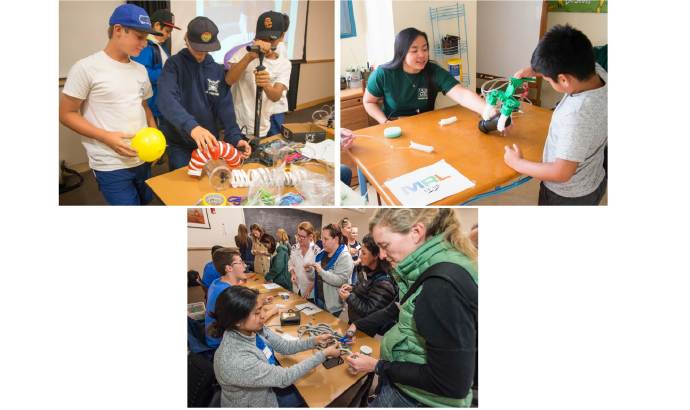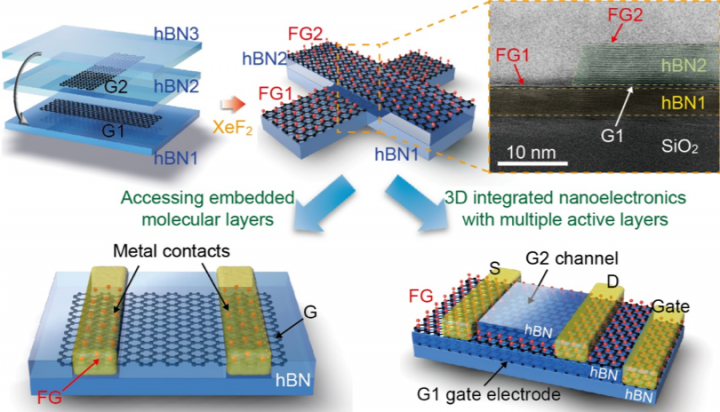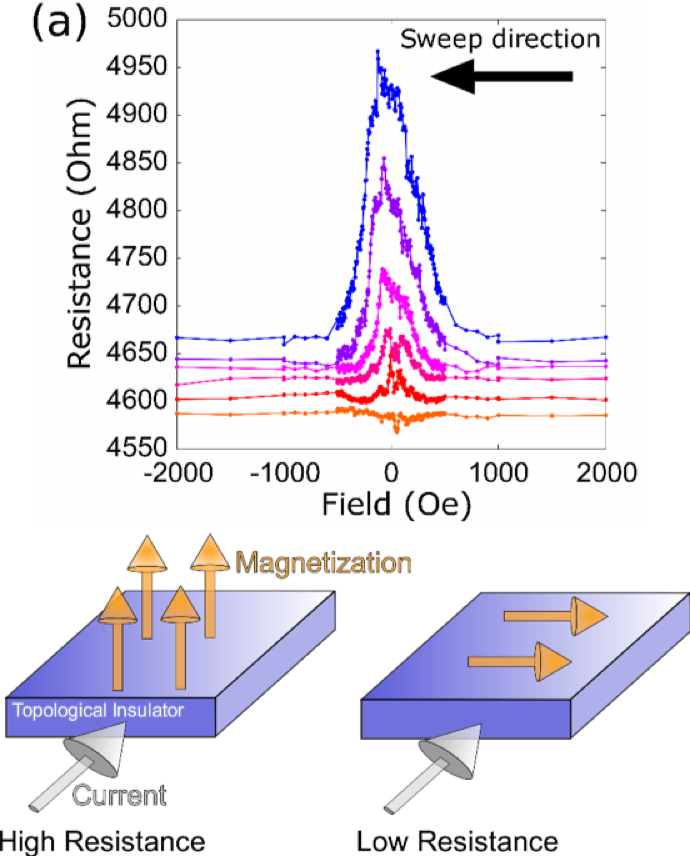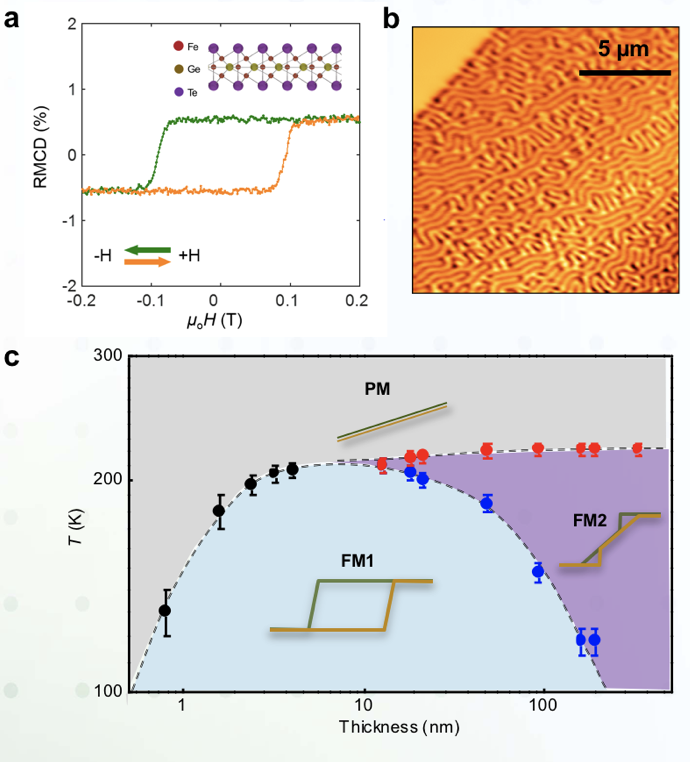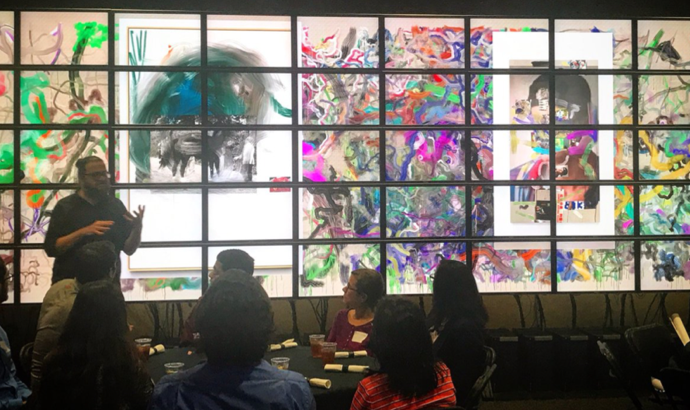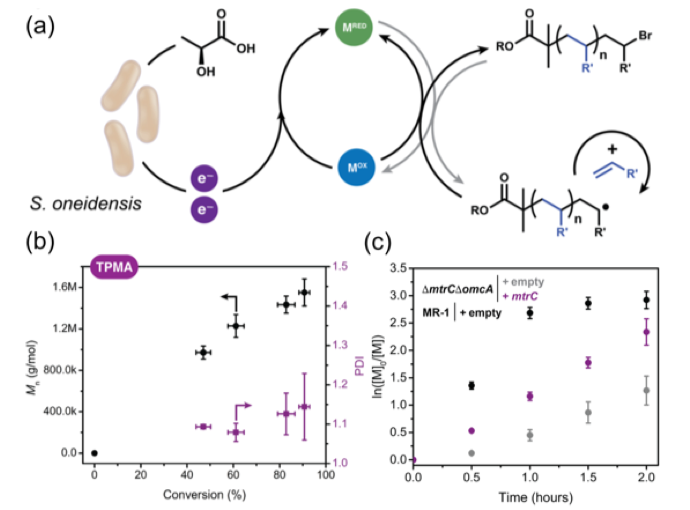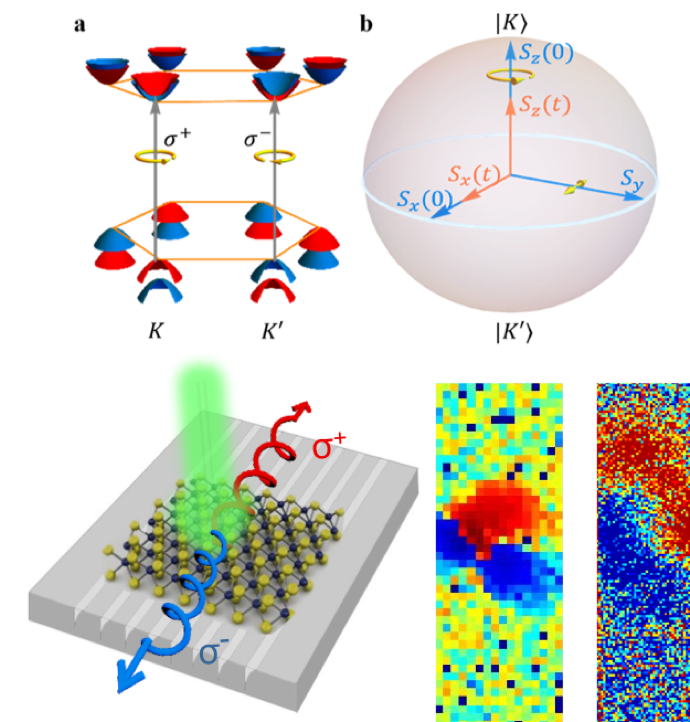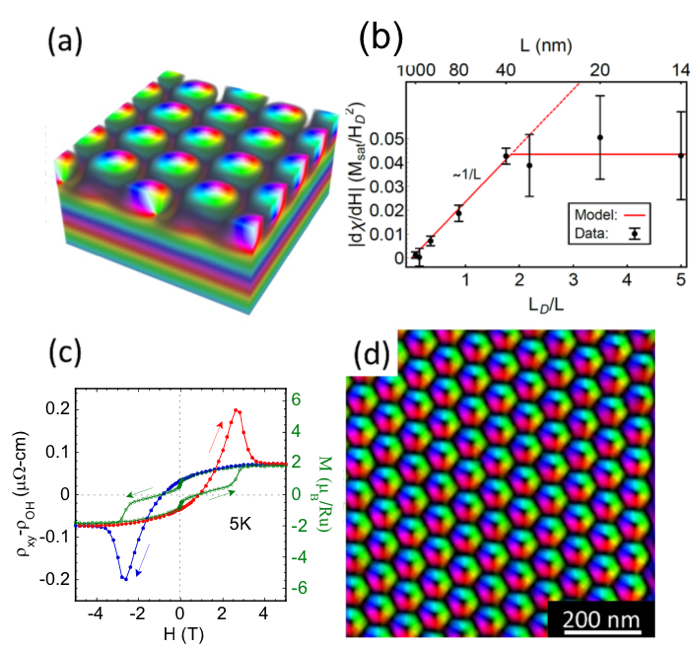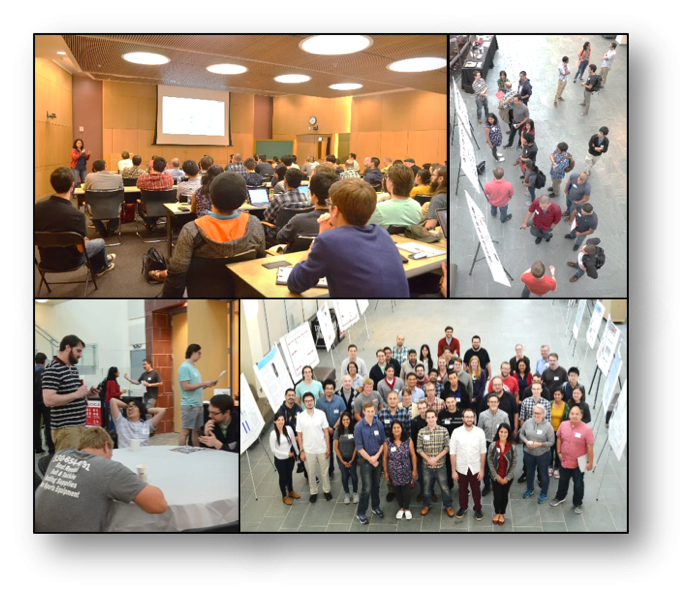In response to the needs of teachers, the UCSB MRSEC has placed a new focus on the development of maker activities for K-12 students. These encourage the integration of maker activities into the school curriculum as well as within out-of-school environments (Maker Faires), supporting the adoption of Next Generation Science Standards (NGSS).

